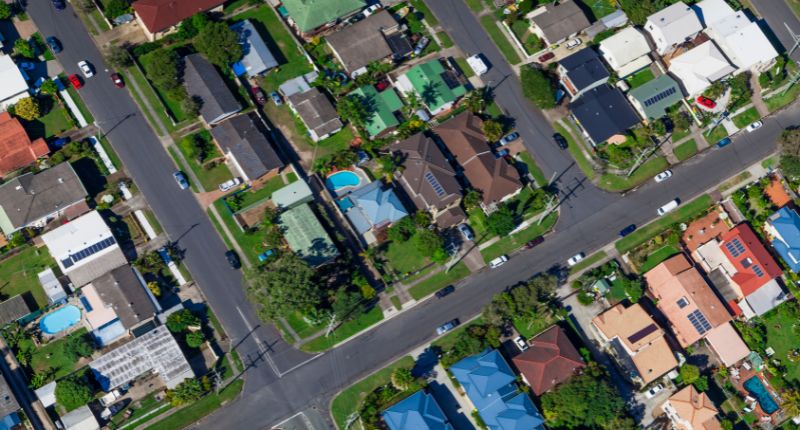- Overseas migration effects the rental market quicker than purchases.
- High level of migration is partly a result of the 2020 travel ban.
- A cap on migration would only increase market volatility.
As overseas property seekers’ interests in Australia’s property market rises and housing affordability stretches even further, discussions around migration and its impacts on the property market are heating up, according to CoreLogic head of research, Eliza Owen.
“But there are many other factors driving values and the rental market, and long term, strategic migration policy should not be influenced by short term volatility in migration and property markets,” she said.
CoreLogic’s report, Five things to know about migration and the housing market, unveils key insights into how migration is affecting the property market.
Overseas migration immediately impacts rental market
According to the report, changes in overseas migration most immediately effects the rental market and not purchases.
Owen pointed to the ABS data on on permanent migrant settlement outcomes, which showed that 60.8% of migrant arrivals in the five years to 2021 were renters.
Portion of permanent migrants renting or owning a dwelling, by year of arrival in Australia

“The incidence of home ownership was higher among permanent migrants who had been in the country for longer,” she said.
“As of 2021, this included 55.6% of arrivals between 2012 and 2016, and 70.6% of migrant arrivals before 2012.”
Restrictions increased migration figures
Australia closed its borders to non-citizens in late March 2020 and fully re-opened them to vaccinated and non-vaccinated arrivals in July 2022.
“By March 2023, Australia’s annual population growth hit 2.17%, the highest rate since 2008,” said Owen.
“Net overseas migraiton, which is overseas arrivals minus departures, is currently at records high annually, at 454,000 added to the population in the past 12 months.”
Owen added that the pre-decade average of annual net overseas migration is 217,000.
“The high level of net overseas migration in the past year is partly a temporary result of the travel ban,” she said.
In light of these skyrocketing figures, Owen estimated a demand for 182,000 additional dwellings, in a year where only 175,000 were completed.
The ban led to volatility in the rental market
Although a migration cap may have relieved housing demand in the short term, it has proven to lead to a demand shock, which quickly pushed up rents and inflamed an already tightening market.
“The demand shock also came amid constraints to new available supply, as sellers were put off by rising interest rates, and new home completions were delayed by increased material costs and labour shortages,” she said.
The side factors
According to Owen, a sharp reduction in the number of people per household added to dwelling demand by a 120,000 households, largely while border restrictions were in place.
“This was also likely enabled by higher household income from government stimulus and low interest rates, which incentivised people to spend on larger homes,” she said.
However, other factors have contributed to a smaller household size on average, such as an aging population and falling marriage rates.
“Private rental market demand has also increased over the decades with falling rates of homeownership and a declining portion of social housing within the housing stock,” she said.
“The role of these other factors became evident between March 2020 and July 2022, when international borders were largely closed to overseas arrivals, and rents over that time rose 16.4% nationally.”
The trade-offs of reducing migration intake
Although imposing long-term targets on temporary and permanent migrants could allow better planning for infrastructure, housing and services, there would be trade-offs, Owen said.
“A temporary cap on migration is not a good solution to easing demand side pressures, because it introduces more volatility to the market,” she said.
“A consistent, longer term target for migration could enable better planning of housing supply, but will have trade-offs for economic growth.
“Migration can also be strategic to ensure a more productive labour force, including the deliver of housing and infrastructure.”








